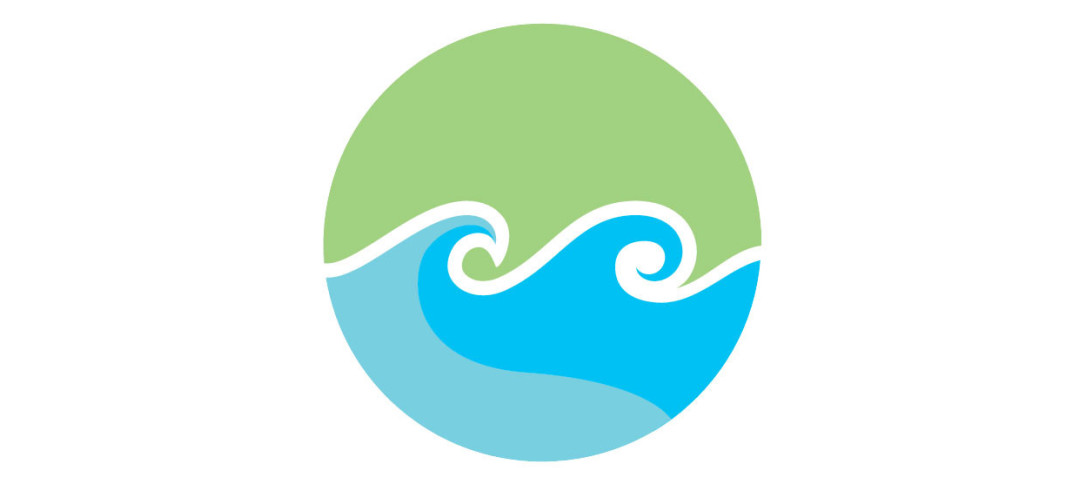
Abstract: Gravity currents moving along the continental slope, such as cold river inflows into lakes or brine effluent from desalination plants, can be influenced by internal waves shoaling on the slope resulting in mixing between the gravity current and the ambient fluid. Whilst some observations of the potential influence of internal waves on gravity currents have been made, the process has not been studied systematically. I will present the results of laboratory experiments in which a gravity current descends down a sloped boundary through a pycnocline at the same time as an internal wave at the pycnocline shoals on the slope. The waves are generated in a two-layer thin-interface ambient water column under a variety of conditions characterizing both the waves and the gravity currents.
From the experiments we have learned that the presence of a pycnocline causes a gravity current to split and intrude into the ambient at two distinct levels of neutral buoyancy, as opposed to the classical description of gravity currents in stratified media as being either a pure under or interflow. Additionally, we have also identified two different types of waves that form on the pycnocline in response to the intrusion of the gravity current. An underflow-dominated regime causes a pycnocline displacement where the speed of the wave crest is locked to the gravity current, whereas an interflow-dominated regime launches an internal wave that moves much faster than the gravity current head or interfacial intrusion.
We also completed a full set of experiments investigating the effects of the basin walls interacting with the initiated waves and characterized the reflected waves and subsequent mixing efficiencies. From these longer time scale experiments we have identified two modes of motion initiated by the interaction. First, there is a low frequency surge of the lower layer caused by the gravity current, and also higher frequency internal waves that break when they encounter the topographic slope and quickly dissipate. The mixing efficiency of the reflected internal waves breaking on the topographic slope was quantified as an overall mixing efficiency (across all wave breaking events) and was found to be low compared to previous similar studies.
Short Bio: Jeffrey Koseff is the William Alden and Martha Campbell Professor of Engineering in the Department of Civil and Environmental Engineering, and the Founding Perry L. McCarty Director of the Stanford Woods Institute for the Environment. Koseff’s research in environmental fluid mechanics focuses on the interaction between physical and biological systems in natural aquatic environments. Activities include turbulence and internal wave dynamics in stratified flows, sea-grass canopy hydrodynamics, the interaction between gravity currents and breaking internal waves, and the transport of marine microplastics. In 2015 Koseff was elected as a Fellow of the American Physical Society, and he received the Richard W. Lyman Award from Stanford University. In 2017, Koseff received the inaugural Sustainability Award from Stanford for his contributions to increasing the sustainability of Stanford’s practices and facilities, and in 2018 he was named as the Borland Lecturer in Hydraulics by Colorado State University. In 2020 Koseff was elected as a Fellow of the California Academy of Sciences. Koseff has served on the Board of Governors of The Israel Institute of Technology and has been a member of the Visiting Committees of the Civil and Environmental Engineering department at Carnegie-Mellon University, The Iowa Institute of Hydraulic Research, Cornell University, University of Michigan, and The WHOI-MIT Joint Program.